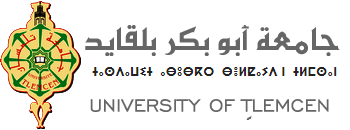Vision-based Mobile Robot Navigation
Résumé: This paper presents a vision-based navigation system for mobile robots. It enables the robot to build a map of its environment, localize efficiently itself without use of any artificial markers or other modifications, and navigate without colliding with obstacles. The Simultaneous Localization And Mapping (SLAM)procedure builds a global representation of the environment based on several size limited local maps built using the approach introduced by Davison et al. [1]. Two methods for global map are presented; the first method consists in transforming each local map into a global frame before to start building a new local map. While in the second method, the global map consists only in a set of robot positions where new local maps are started (i.e. the base references of the local maps). In both methods, the base frame for the global map is the robot position at instant . Based on the estimated map and its global position, the robot can find a path and navigate without colliding with obstacles to reach a goal defined the user. The moving objects in the scene are detected and their motion is estimated using a combination of Gaussian Mixture Model(GMM) background subtraction approach and a Maximum a Posteriori Probability Markov Random Field (MAP-MRF) framework [2]. Experimental results in real scenes are presented to illustrate the effectiveness of the proposed method.
Mots-clès:
Nos services universitaires et académiques
Thèses-Algérie vous propose ses divers services d’édition: mise en page, révision, correction, traduction, analyse du plagiat, ainsi que la réalisation des supports graphiques et de présentation (Slideshows).
Obtenez dès à présent et en toute facilité votre devis gratuit et une estimation de la durée de réalisation et bénéficiez d'une qualité de travail irréprochable et d'un temps de livraison imbattable!


